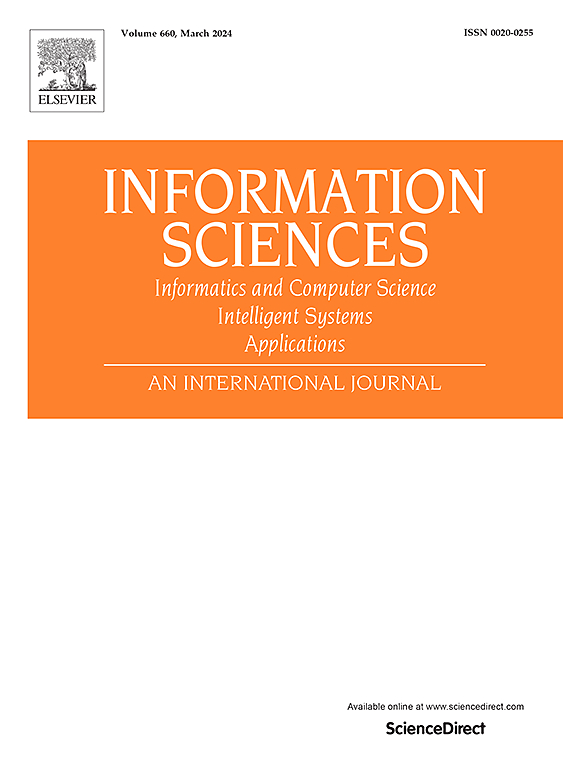Boosting occluded person re-identification by leveraging occlusion attributes
IF 8.1
1区 计算机科学
0 COMPUTER SCIENCE, INFORMATION SYSTEMS
引用次数: 0
Abstract
Occluded person re-identification (ReID) aims to address the potential occlusion problem when matching occluded or holistic pedestrians from different camera views. Currently, occlusion augmentation-based methods have not fully exploited the occlusion attributes, resulting in suboptimal results. We introduce a novel ReID framework, dubbed Occlusion Attributes boosted Occluded Person Re-Identification (OA-ReID), aimed at leveraging the occlusion attributes for pedestrian-focused feature learning. Firstly, we propose an occlusion emulator (OE) that generates artificially occluded images towards emulating the occlusion scenarios. Both the original image and the corresponding artificially occluded image are jointly used for model training. Secondly, we present two crucial components, namely the inductive hard (IH) sample mining and the Occlusion-Informed Part Transformer (OIPT). The IH sample mining leverages the obstacle category to construct inductive triplets, which induces the model to extract identity-relevant features. The OIPT integrates the obstacle position information into our ReID framework to rectify the erroneous attention on occlusions, promoting reliable target pedestrian localization. Through extensive experiments, we show OA-ReID achieves state-of-the-art performance on both occluded and holistic person ReID benchmarks.
求助全文
约1分钟内获得全文
求助全文
来源期刊

Information Sciences
工程技术-计算机:信息系统
CiteScore
14.00
自引率
17.30%
发文量
1322
审稿时长
10.4 months
期刊介绍:
Informatics and Computer Science Intelligent Systems Applications is an esteemed international journal that focuses on publishing original and creative research findings in the field of information sciences. We also feature a limited number of timely tutorial and surveying contributions.
Our journal aims to cater to a diverse audience, including researchers, developers, managers, strategic planners, graduate students, and anyone interested in staying up-to-date with cutting-edge research in information science, knowledge engineering, and intelligent systems. While readers are expected to share a common interest in information science, they come from varying backgrounds such as engineering, mathematics, statistics, physics, computer science, cell biology, molecular biology, management science, cognitive science, neurobiology, behavioral sciences, and biochemistry.
 求助内容:
求助内容: 应助结果提醒方式:
应助结果提醒方式:


